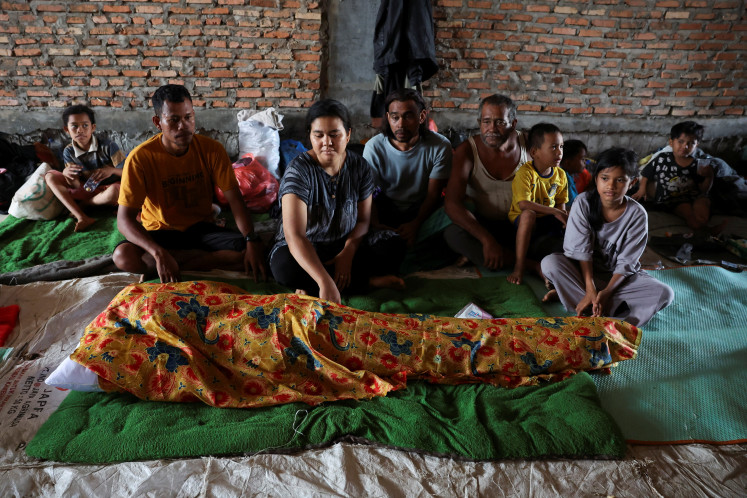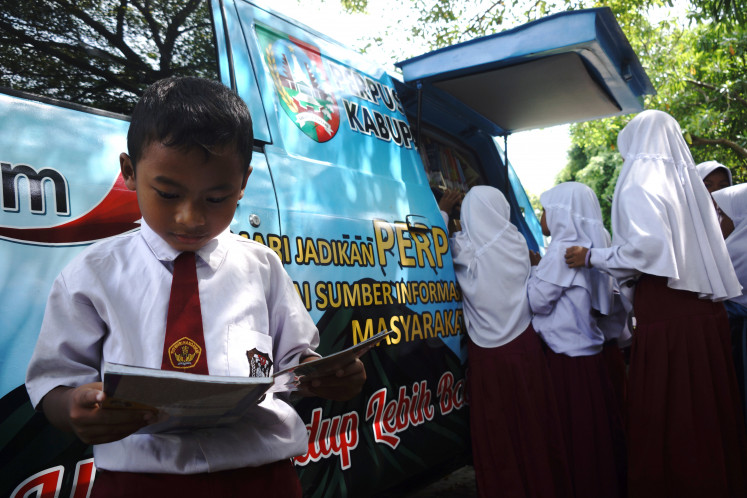Popular Reads
Top Results
Can't find what you're looking for?
View all search resultsPopular Reads
Top Results
Can't find what you're looking for?
View all search resultsMataram Sultanate Heritage in Kotagede
Standing tall: The Hastorenggo royal tomb complex is believed to have been situated at the center of the Mataram Palace
Change text size
Gift Premium Articles
to Anyone
Standing tall: The Hastorenggo royal tomb complex is believed to have been situated at the center of the Mataram Palace.
Kotagede in Yogyakarta is the home of numerous relics that date back to the Mataram Sultanate.
The Mataram Sultanate emerged in the late 16th century and lasted until the middle of the 18th century, and was founded by Panembahan Senopati. The sultanate reached its heyday from 1613 to 1645 under Sultan Agung Hanyokrokusumo.
Today, the sultanate’s magnificence and splendor has all but faded with the passage of time.
However, some historical structures and artifacts remain in Kotagede, which was the administrative seat of the sultanate from the reign of Panembahan Senapati to the reign of Sultan Agung.
These surviving objects include the partial ruins of the Cepuri Fortress, the Watu Gilang monument, royal tombs and several kampung that were once part of the palace complex or royal residences.
Other Mataram structures that still stand in Kotagede include a mosque, a baluwarti (palace annex), cepuri (fortress walls) and roads. These were part of the vital infrastructure of Kotagede, which was an advanced and dynamic city during the sultanate.
According to the Javanese Momana Chronicle, the fortress was built in 1507-1516 and traditionally functioned to separate the jeron beteng (royal court) from the areas where the jaba beteng (commoners) lived.
The fortress also served as a defensive stronghold, as seen in the trenches along the western, southern and eastern walls. Each of these trenches is 1 to 3 meters deep and 20 to 30 m long.
Weathered, but strong: A man walks past the outer walls of the Cepuri Fortress that stands near the Watu Gilang monument. The fortress dates back more than 500 years to the Mataram Kingdom that preceded the Mataram Sultanate.— Photos by JP/Boy T. Harjanto

.img_assist_custom-780x520.jpg)
.img_assist_custom-780x520.jpg)
.img_assist_custom-780x520.jpg)
.img_assist_custom-780x520.jpg)
.img_assist_custom-780x515.jpg)
.img_assist_custom-780x525.jpg)








